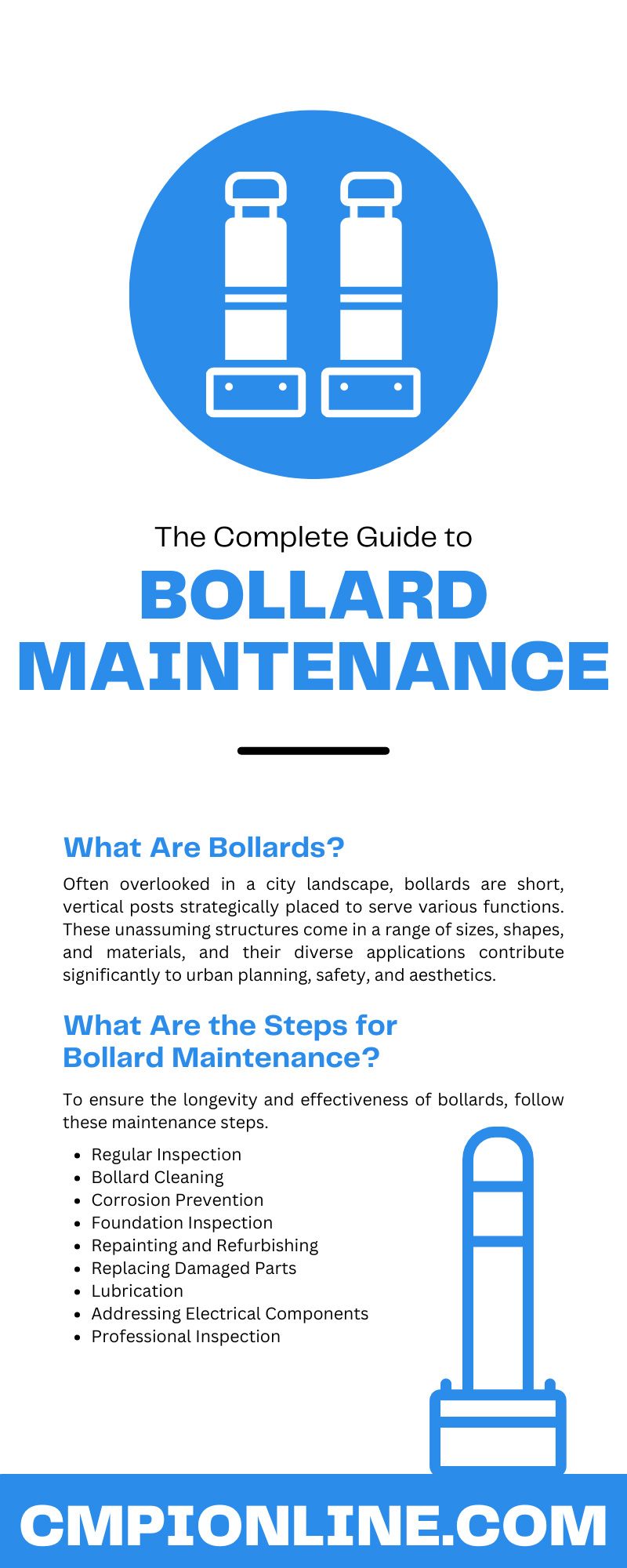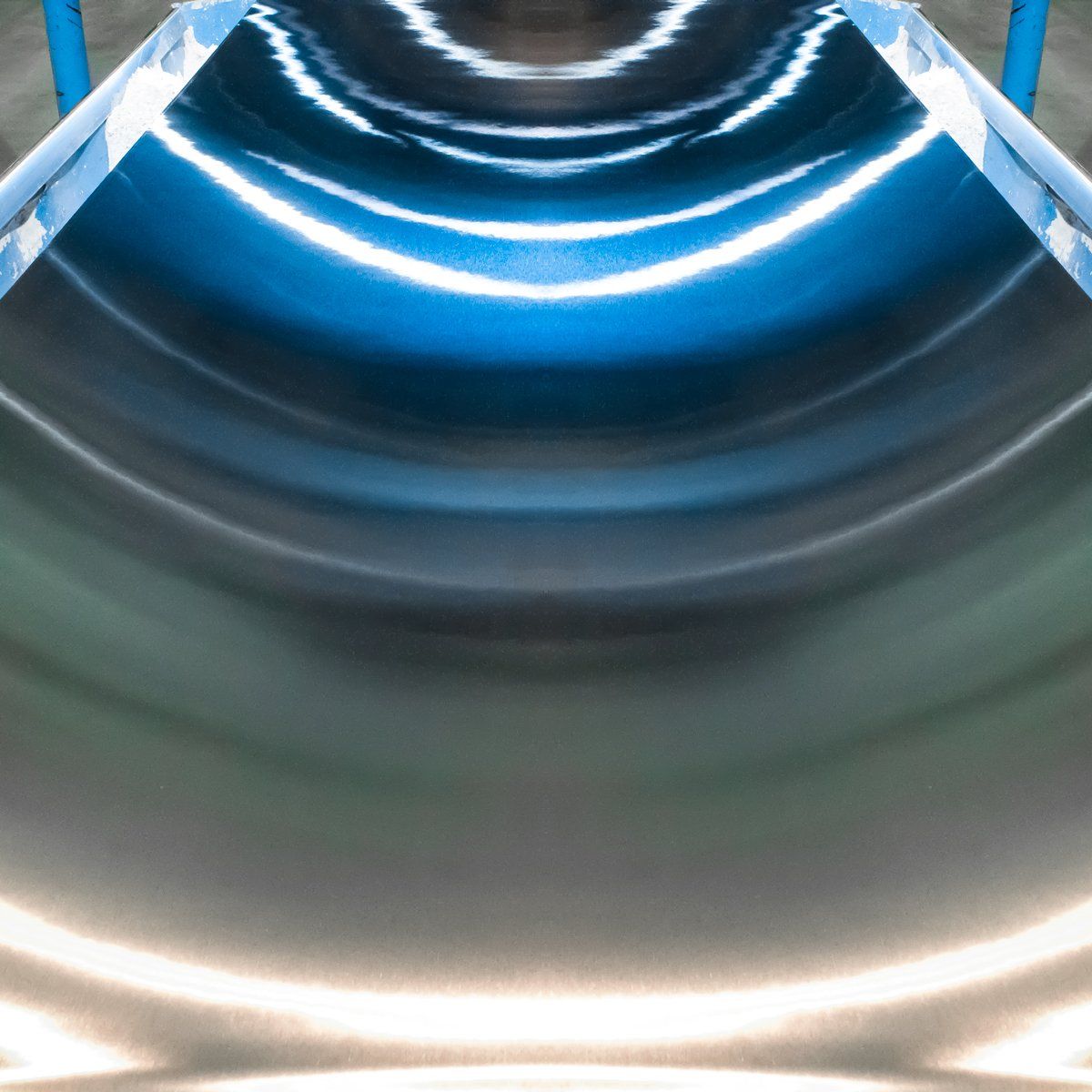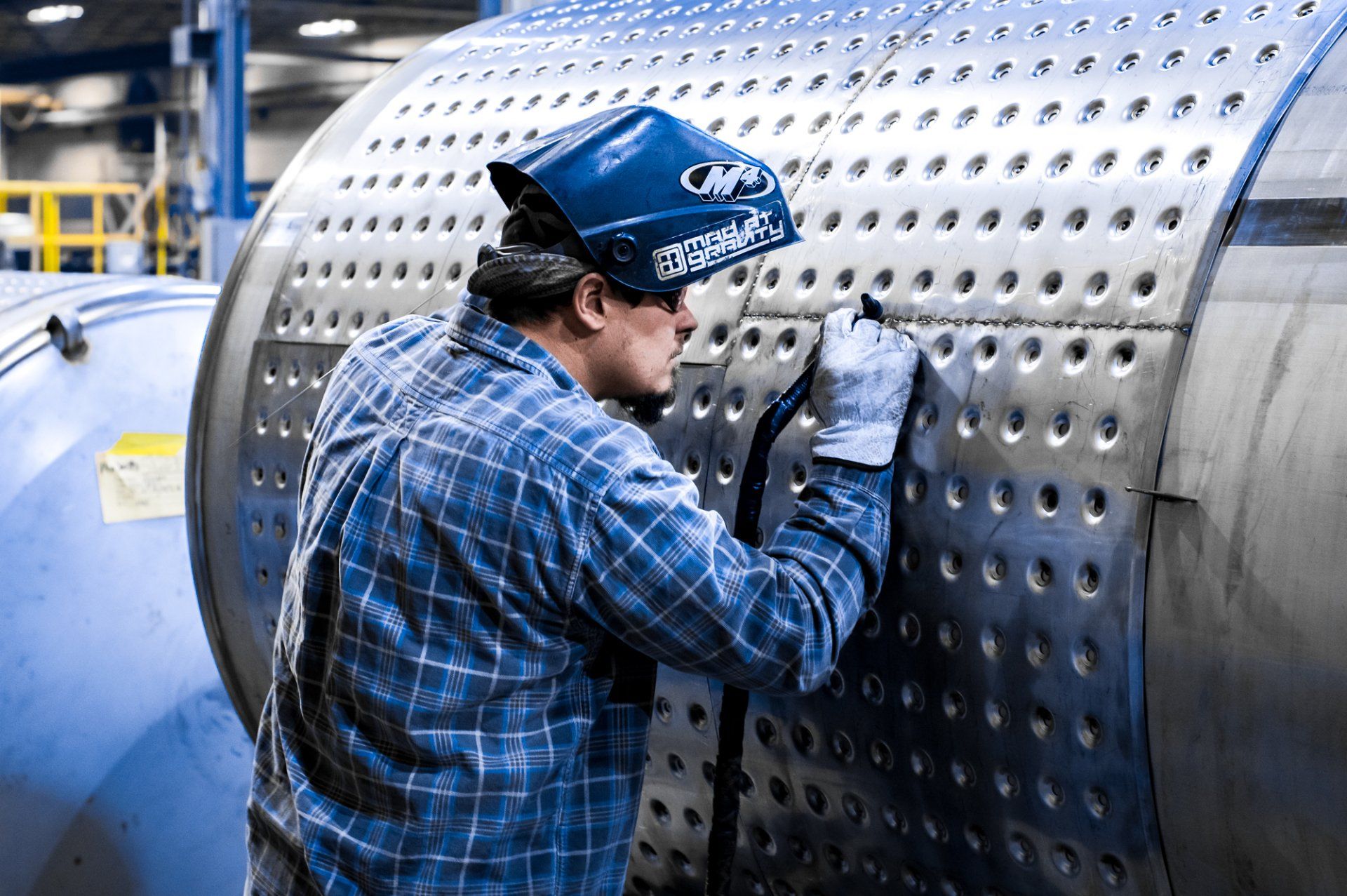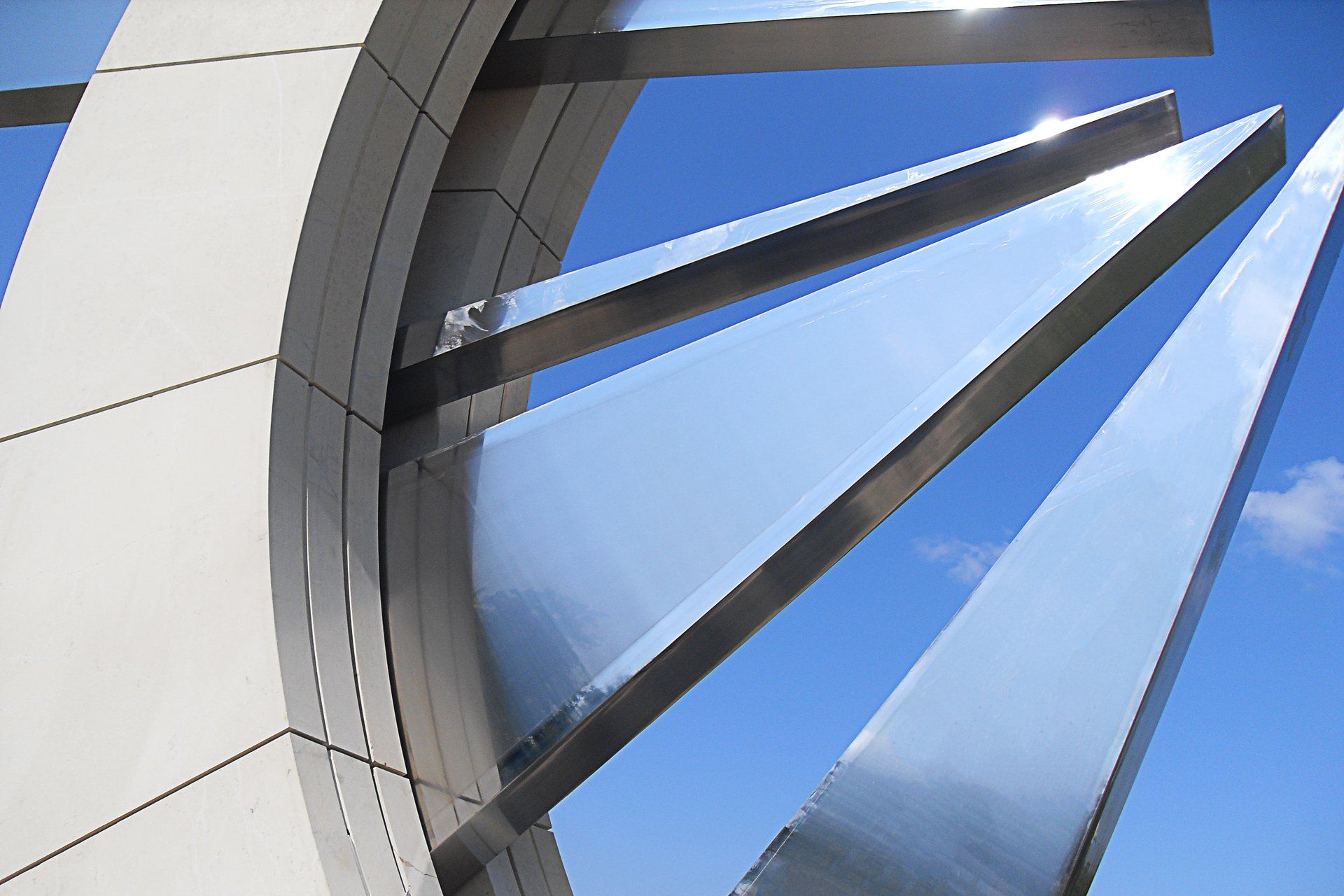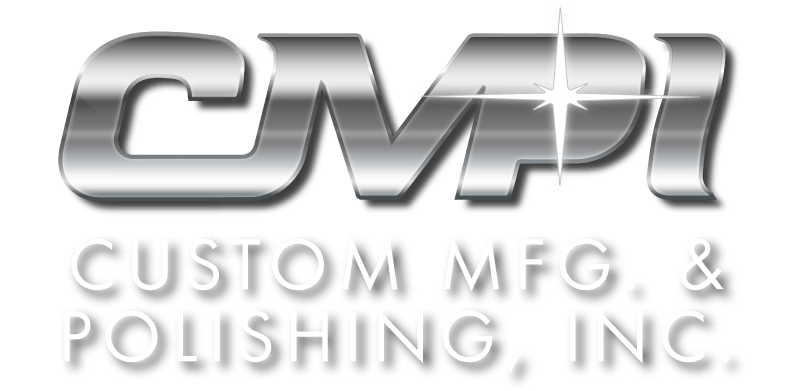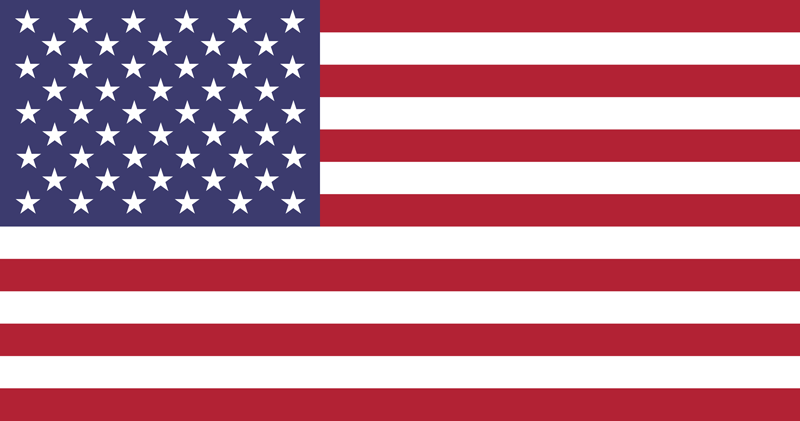The Complete Guide to Bollard Maintenance
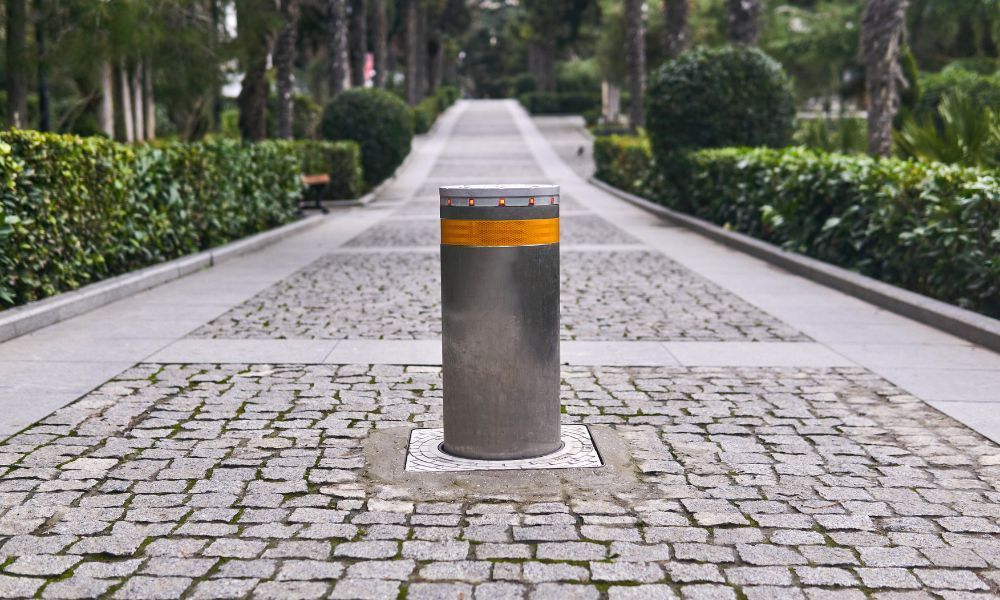
Bollards, a critical element of urban infrastructure, play a vital role in safeguarding pedestrians, buildings, and public spaces. Whether they’re guiding traffic, protecting storefronts, or enhancing the aesthetics of a landscape, bollards require regular maintenance to ensure their longevity and functionality. In this comprehensive guide to bollard maintenance, you will learn step-by-step instructions for proper upkeep.
What Are Bollards?
Often overlooked in a city landscape, bollards are short, vertical posts strategically placed to serve various functions. These unassuming structures come in a range of sizes, shapes, and materials, and their diverse applications contribute significantly to urban planning, safety, and aesthetics.
Primarily, bollards act as protective barriers, protecting pedestrians, buildings, and public spaces from moving vehicles. Their strategic placement helps control the flow of traffic, preventing unauthorized access to specific areas and enhancing overall safety. Bollards typically exist in areas where a balance between controlled access and pedestrian freedom is crucial, such as sidewalks, storefronts, and public plazas.
Beyond their functional roles, bollards are versatile in design. Security bollards are engineered to withstand high-impact collisions. On the other hand, traffic bollards guide and regulate the movement of vehicles, ensuring smooth traffic flow. Additionally, decorative and lighted bollards contribute to the aesthetic appeal of urban spaces, seamlessly blending functionality with visual enhancement.
In essence, bollards are indispensable elements of urban infrastructure, embodying an important balance between safety, traffic management, and the visual harmony of our public spaces.
Why Is Bollard Maintenance Important?
Bollards are installed for various reasons, including traffic control, security, and architectural enhancement. Over time, exposure to environmental elements, vehicular impact, and general wear and tear can compromise their effectiveness. Therefore, regular maintenance is essential for the following reasons:
- Preserve safety: Well-maintained bollards provide a reliable barrier against unauthorized vehicular access, preventing accidents and enhancing pedestrian safety.
- Prolong lifespan: Routine maintenance extends the lifespan of bollards, saving costs associated with frequent replacements and ensuring a consistent level of protection.
- Enhance aesthetics: Properly maintained bollards contribute to the overall aesthetic appeal of public spaces and private properties, presenting a polished and well-cared-for appearance.
What Are the Different Types of Bollards?
Before diving into maintenance specifics, it’s essential to understand the different types of bollards and their respective functions. As briefly mentioned above, common types include:
- Security bollards: These sturdy bollards are designed to withstand high-impact collisions, providing protection against potential vehicular threats or car accidents.
- Traffic bollards: Installed to regulate and guide vehicular and pedestrian traffic, these bollards come in various styles, including fixed, retractable, and flexible options.
- Lighted bollards: Combining functionality with aesthetics, lighted bollards enhance visibility and contribute to the overall ambience of a space.
- Decorative bollards: These serve both practical and aesthetic purposes, and are often used to complement architectural designs while still providing a level of security.
What Are Some Common Issues and Signs of Bollard Wear?
Understanding the signs of bollard wear is crucial for timely maintenance. Common issues include:
- Corrosion: Exposure to weather elements can lead to rust and corrosion. Check bollards for discoloration, flaking paint, or rust spots.
- Foundation damage: A wobbly or leaning bollard may indicate damage to its foundation, compromising its stability and effectiveness.
- Deterioration of materials: Materials like plastic, wood, or concrete may degrade over time, affecting the bollard’s structural integrity.
- Faulty mechanisms: For retractable or removable bollards, issues with locking mechanisms or hydraulics may arise, hindering their proper functioning.
- Faded paint or reflective stripes: Faded paint or reflective stripes reduce the visibility of bollards, diminishing their effectiveness in guiding traffic and enhancing safety.
What Are the Steps for Bollard Maintenance?
To ensure the longevity and effectiveness of bollards, follow these maintenance steps.
Regular Inspection
Conduct visual inspections at regular intervals to identify signs of wear and damage. Be sure to check for loose bolts, cracks, or any visible structural issues. Staying on top of any problems can help increase the lifespan of your bollards.
Bollard Cleaning
Clean your bollards consistently to remove dirt, debris, and pollutants. Use mild detergent or specialized cleaners based on the bollard material. For example, use stainless steel safe cleaners and avoid steel wool and bleach when dealing with shiny bollards. For reflective surfaces, ensure that the stripes are clean and visible.
Corrosion Prevention
Apply a protective coating to metal bollards, such as anti-corrosive paint or sealant. Promptly address any signs of rust with appropriate inhibitors or treatments.
Foundation Inspection
Examine the foundation for stability and signs of settling. If you find any issues, repair cracks or damage to the foundation promptly.
Repainting and Refurbishing
Repaint bollards to maintain their appearance and protect against corrosion. Choose high-quality paint suitable for the bollard material and environmental conditions.
Replacing Damaged Parts
If a bollard has removable components, such as reflectors or caps, replace any that are damaged. Ensure that replacement parts match the original specifications.
Lubrication
For retractable or movable bollards, lubricate moving parts regularly. Use appropriate lubricants to prevent rust and ensure smooth operation.
Addressing Electrical Components
Inspect and test lighting components on lighted bollards. Be sure to replace any burnt-out bulbs or malfunctioning electrical elements.
Professional Inspection
Schedule periodic professional inspections to assess the structural integrity of your bollards. Professionals can identify hidden issues and recommend necessary repairs.
Documenting Maintenance Activities
Keep a detailed record of maintenance activities, including inspection dates, repairs, and replacements. Documenting maintenance helps establish a proactive maintenance schedule and track the bollards’ history.
Maintaining bollards is a fundamental aspect of ensuring their effectiveness and longevity. Regular inspections, cleaning, and addressing issues promptly contribute to the safety and aesthetics of public spaces and private properties. By following this complete guide to bollard maintenance, you can establish a proactive approach to upkeep, ultimately preserving the functionality and appeal of these urban elements. Whether securing a storefront, guiding traffic, or enhancing the beauty of a park, well-maintained bollards play a crucial role in creating safe and visually pleasing environments.
Now that you understand how to care for and maintain your bollards, you can find a sleek and resilient solution for your next project. At CMPI, we offer custom bollards tailored to your city, building, or business needs. With years of experience in stainless steel fabrication and the use of state-of-the-art technology, we provide superior craftsmanship with every product we deliver. Contact us today to discuss your project requirements and embark on a journey of unmatched bollard quality.
